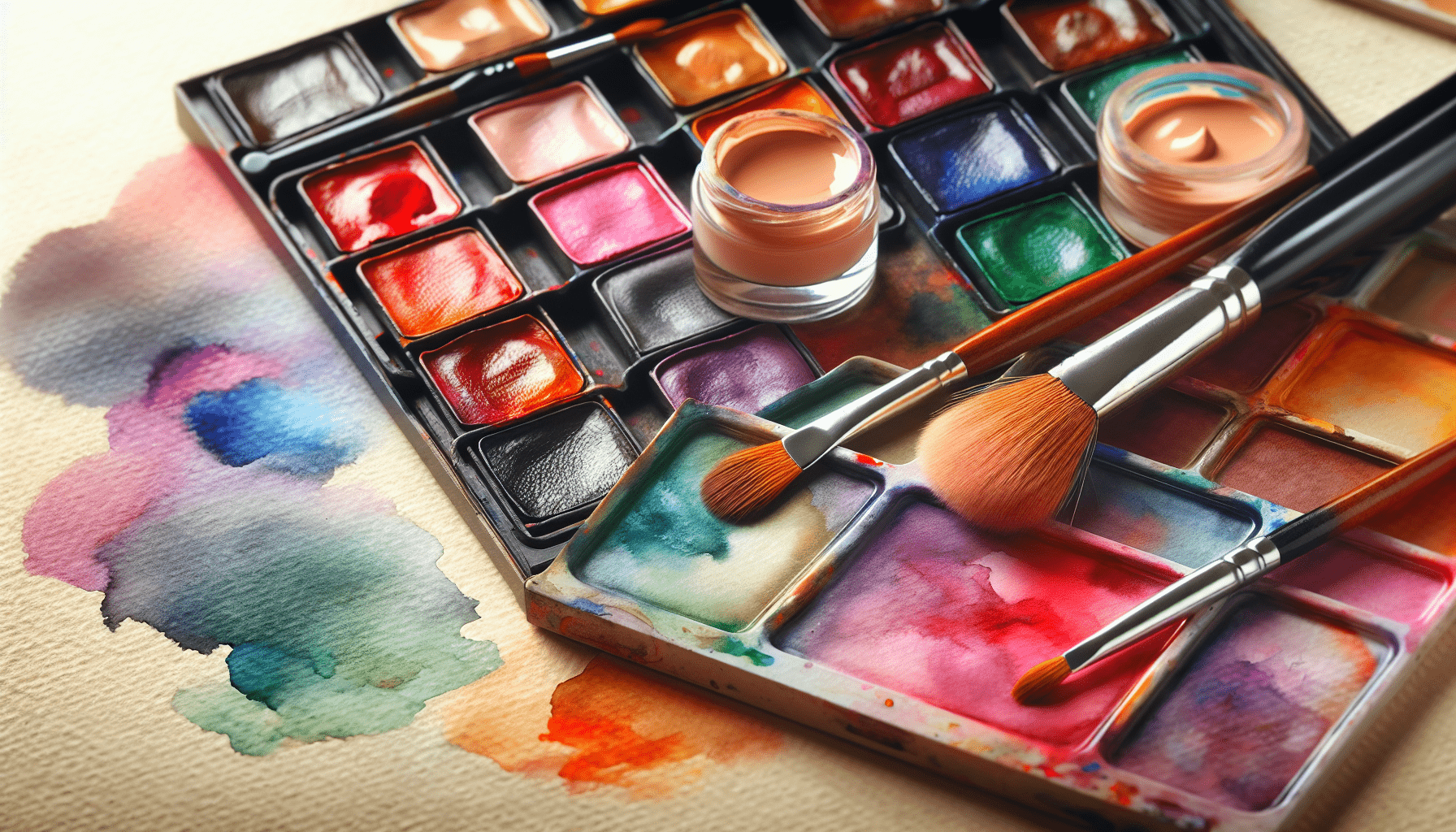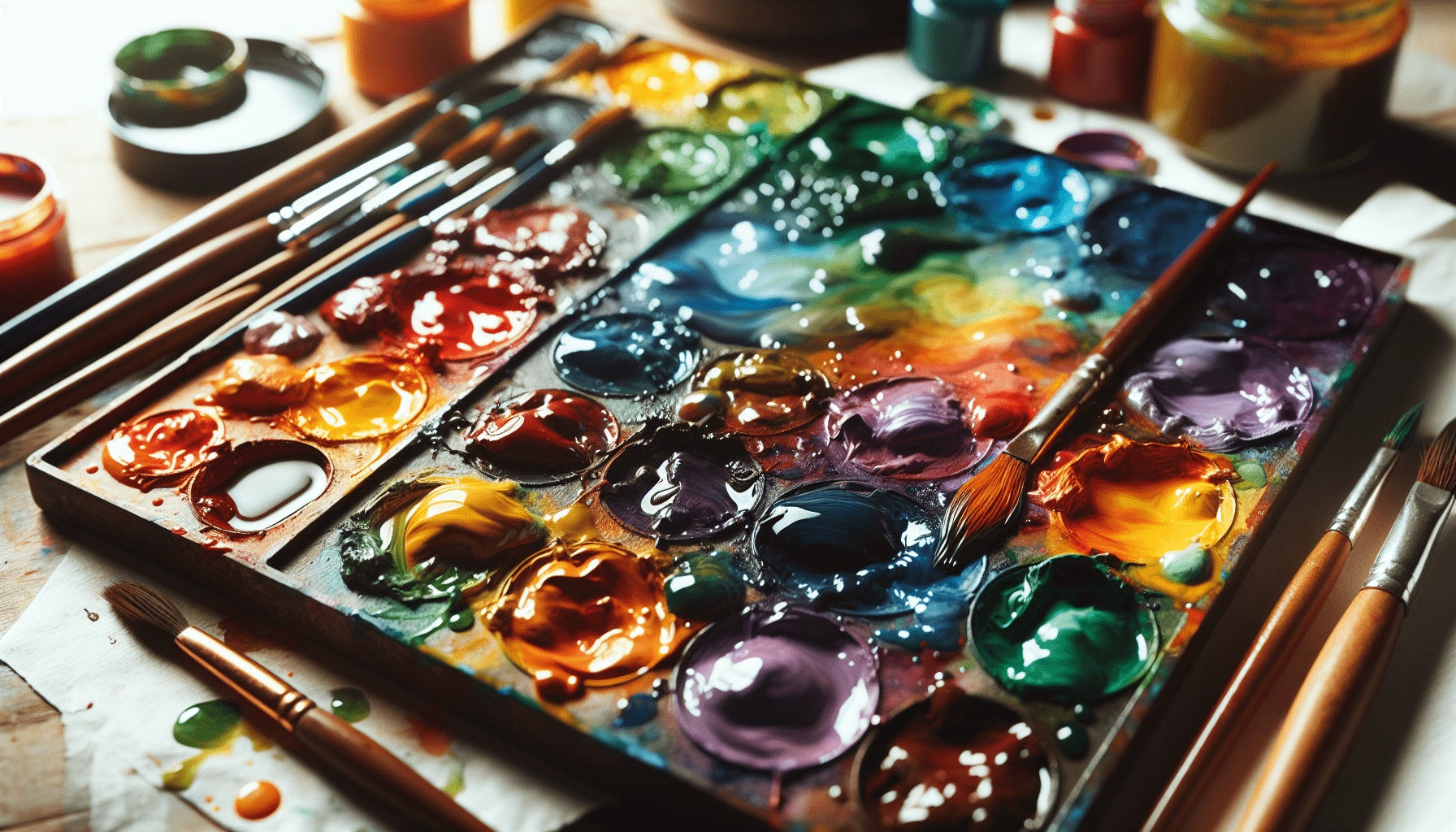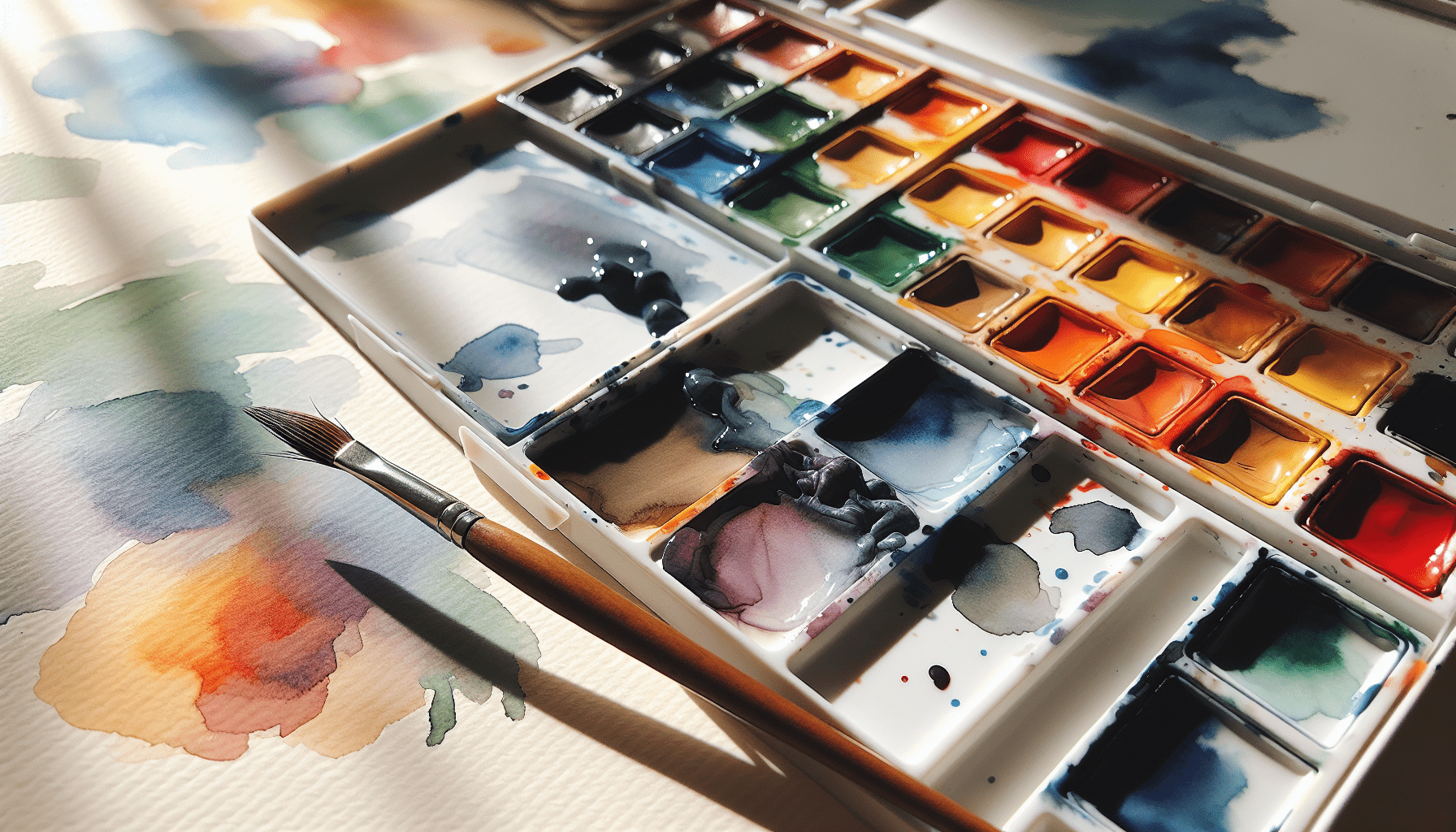Can You Use Watercolors As Face Paint” explores the practicality and safety of employing watercolors as a substitute for conventional face paint. In this article, you will gain insight into the composition of watercolors, their potential impact on skin health, and recommended practices for those who contemplate using them. Additionally, it delves into expert opinions and relevant safety guidelines to ensure that you make an informed decision regarding the application of watercolors on the skin. Have you ever looked at your watercolor set and wondered if you could use it as face paint? The vibrant hues might seem like a good idea for dressing up for a themed party, theatrical performance, or a children’s event. However, the answer to whether you can safely use watercolors on your face is a bit more complex.
Using art supplies in unintended ways can carry significant risks, especially when they come into contact with your skin. In this article, we will explore whether watercolors can be used as face paint, the risks involved, safer alternatives, and tips for achieving the best results.
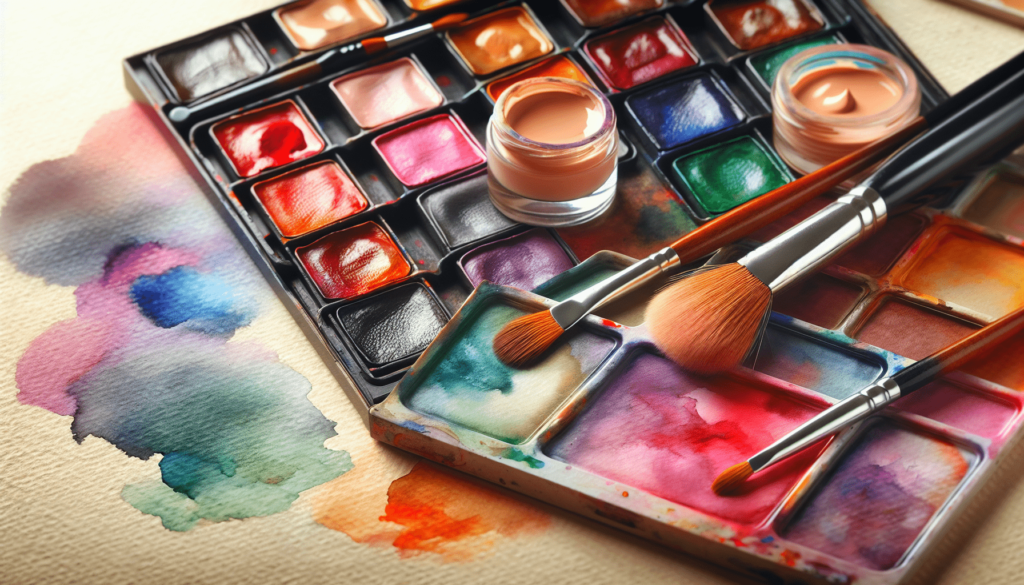
What Are Watercolors?
Composition of Watercolors
Watercolors generally comprise pigments suspended in a water-soluble binder, often gum arabic. They sometimes contain additional ingredients such as preservatives and fillers.
| Component | Function |
|---|---|
| Pigments | Provide color |
| Gum Arabic | Acts as a binder to keep the pigment together |
| Preservatives | Extend shelf life |
| Fillers | Improve texture and longevity |
Types of Watercolors
There are various types of watercolors available, each with different base ingredients and applications. These include:
- Student-grade watercolors: More affordable but may contain lower-quality pigments.
- Professional-grade watercolors: High-quality pigments and often more intense colors.
- Pan watercolors: Solid, dried blocks activated with water.
- Tube watercolors: Semi-liquid form, often with more concentrated pigment.
Risks of Using Watercolors on Your Skin
Skin Sensitivity
The skin on your face can be extremely sensitive. Using products not designed for skin application can lead to irritation, allergic reactions, and even long-term damage. The pigments and binders used in watercolors are not formulated to be hypoallergenic or safe for dermal contact.
Unintended Reactions
Watercolors can contain preservatives and other chemicals that might react differently when applied to the skin. These reactions can range from mild irritation to severe allergic reactions, depending on an individual’s susceptibility.
Toxicity Concerns
Many pigments used in professional-grade watercolors may contain toxic substances such as cadmium, cobalt, and manganese. These substances are safe when used on paper or canvas but can be harmful when absorbed through the skin or ingested inadvertently.
Legal Regulations
Unlike face paints, which are often regulated to ensure they contain safe and skin-friendly ingredients, watercolors do not adhere to such stringent guidelines.
Safer Alternatives to Watercolors for Face Painting
Commercial Face Paints
Commercial face paints are formulated specifically for application on the skin. They go through rigorous safety testing and generally use non-toxic, hypoallergenic ingredients. Some notable brands include Snazaroo and Mehron.
Homemade Face Paint Recipes
If you prefer a DIY approach, you can make your own face paint using safe, natural ingredients. Here’s a simple recipe:
| Ingredient | Amount |
|---|---|
| Cornstarch | 1/2 cup |
| Face lotion | 1/4 cup |
| Water | 1/4 cup |
| Food coloring | Few drops, as needed |
- Mix the cornstarch and face lotion in a bowl.
- Gradually add water until you achieve a smooth consistency.
- Divide the mixture into smaller portions and add different food colorings as desired.
Cosmetic-Grade Pigments
Cosmetic-grade pigments are another safe alternative. They are specifically designed to be used in makeup and won’t harm your skin. You can mix these pigments with a base like aloe vera gel or glycerin to create your own face paints.
Best Practices for Using Face Paints
Conduct a Patch Test
Before applying any new product to your face, it’s crucial to conduct a patch test. Apply a small amount of the face paint on the inside of your wrist or behind your ear and wait 24 hours to see if any reaction occurs.
Use Clean Tools
Always use clean brushes and sponges to apply face paint. Dirty tools can transfer bacteria to your skin, leading to infections.
Remove Properly
Removing face paint at the end of the day is just as important as the application. Use a gentle cleanser or makeup remover designed for sensitive skin to avoid any irritation.
Hydrate and Moisturize
Before applying face paint, ensure your skin is well-hydrated and moisturized. This will provide a smoother canvas for the paint and help prevent dryness.
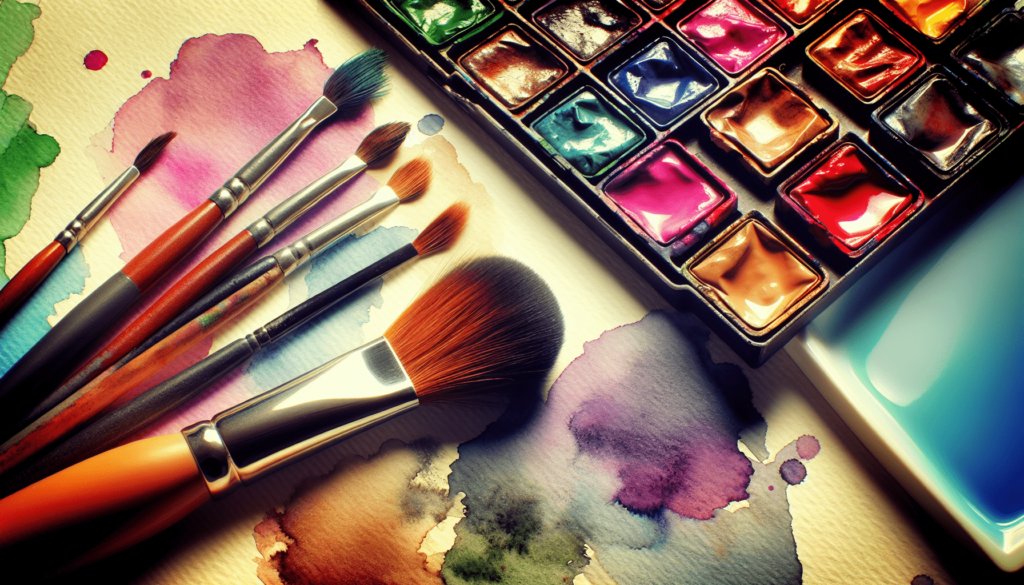
How to Achieve the Best Results with Face Paints
Choosing the Right Tools
High-quality brushes and sponges can make a significant difference in the application of face paint. Investing in a set of artist’s brushes and makeup sponges can help you achieve detailed and smooth results.
Layering Techniques
Layer your face paint to build up color and detail. Starting with a base layer and gradually adding details can result in a more professional-looking finish.
Setting Your Design
To ensure the longevity of your face paint, you can set your design with a translucent powder or a setting spray. This will help prevent the paint from smudging or fading throughout the day.
Practice Makes Perfect
As with any art form, practice is essential for mastering face painting. Take the time to practice different designs and techniques to hone your skills.
Common Questions and Misconceptions
Can Watercolors Ever Be Safe for Skin?
While some watercolors are labeled as “non-toxic,” it is still not recommended to use them on your skin. “Non-toxic” simply means that the product is not harmful if ingested in small quantities, not that it is safe for dermal application.
What About Water-Based Markers?
Although water-based markers are often considered less harmful than other types, they also are not formulated for use on skin. They can still cause irritation and allergic reactions.
Can I Use Children’s Watercolors?
Children’s watercolors might seem like a safer option due to their non-toxic labels, but they still are not formulated for facial skin. Always opt for products specifically designed for face painting.
Conclusion
The idea of using watercolors as face paint can be tempting due to the vibrant colors and ease of use. However, the risks associated with using non-cosmetic products on your skin far outweigh the potential benefits. Opt for materials specifically designed for face painting to ensure safety and achieve the best results.
Remember, your skin is your largest organ, and taking care of it should be a priority. Using the right products can help you avoid unwanted reactions and ensure that your face painting experience is both fun and safe.
Face painting is a wonderful form of artistic expression, but it’s essential to prioritize safety every step of the way. Choose the right products, follow best practices, and enjoy the creative journey responsibly.
